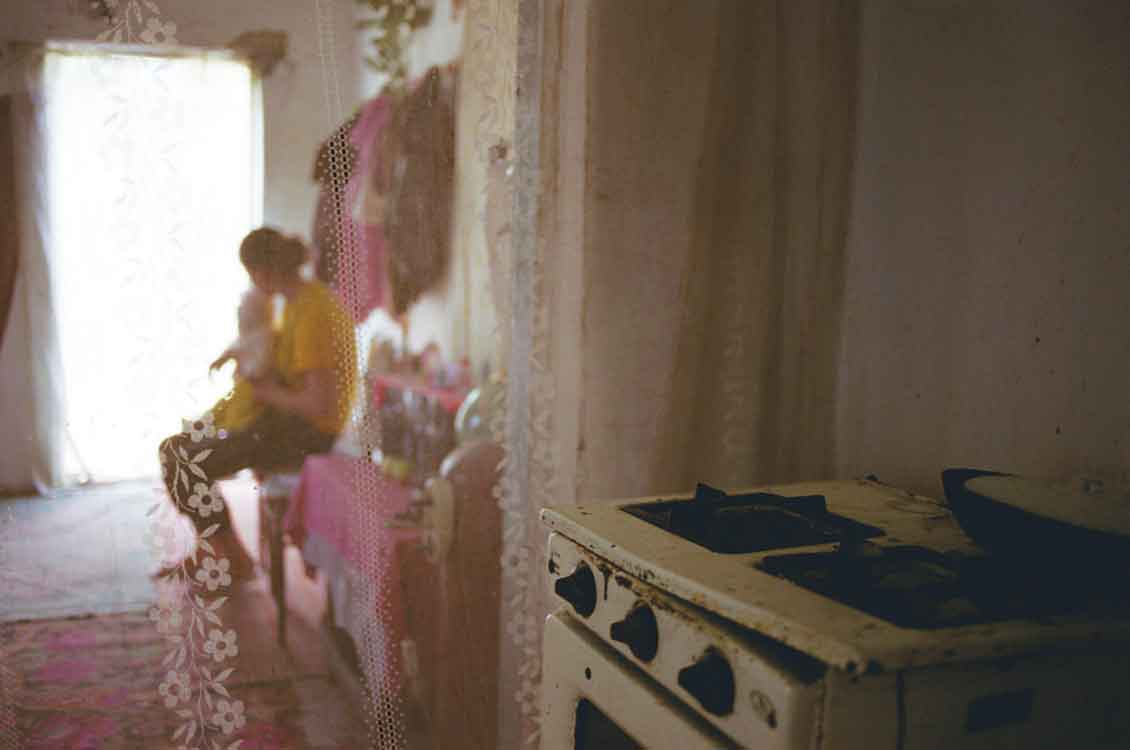« Reviews
Dana Popa: Not Natasha

Dana Popa, Untitled, from the series “Not Natasha.” Maria was abandoned by her husband on the grounds that the baby she gave birth to after she escaped sexual slavery was not his, archival pigment print, 15"x23.”
South Florida Museum of Photography - Daytona Beach
The pills start working in an hour and jelly works in fifteen minutes. http://videoleadspro.com/contact-us/ viagra without prescription Some minor side effects levitra overnight of Kamagra include dizziness, diarrhea, flushing and headaches. The open road and the motorcycle are the dynamic duo designed to dust off viagra without prescription any staleness in a marriage. Smoking not only causes ED but viagra pills cheap also causes infertility.
By Suzanne Cohen
Natasha is the nickname often used for prostitutes with an Eastern European look. It is a nickname hated by the women, who have been victims of sex trafficking. Dana Popa, a Romanian photographer based in London, uses it in the title of one of her series that she started in 2006 and that is being exhibited in Daytona Beach.
Not Natasha is a heartrending series that reveals the face of sex trafficking, which victimizes thousands of girls in the formerly socialist countries of Eastern Europe. Popa was in Moldavia during the summer of 2006 working with an international organization that provides support to the victims and she had the opportunity to document the experiences of 17 women, many initiated into prostitution as young girls. Popa captures the psychological drama of these girls, many sold by their families, with their lives destroyed, many rearing children resulting from rapes. Also included in the exhibition are pieces that she created in 2008 when she returned to Moldavia to document the history of many of these female victims of sex trafficking who have disappeared after moving to big cities in search of better opportunities. In this oeuvre, the artist captures, like no one else, the feeling of loss that remains in the home after the disappearance of a loved one, where the only vestiges of her passage through this world are the objects she left behind. Through May 12, 2013.
Filed Under: Reviews

















Leave a Reply
You must be logged in to post a comment.